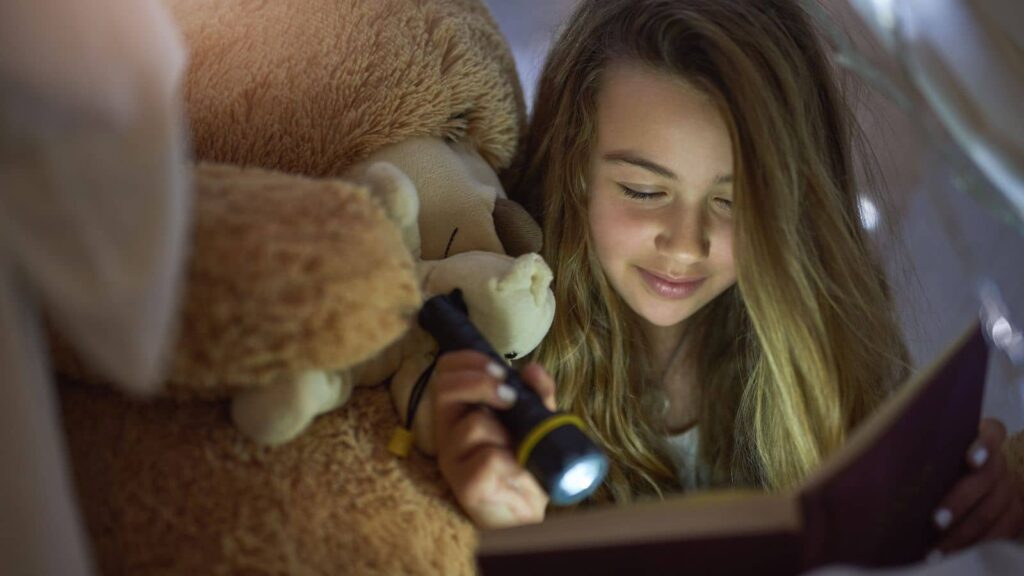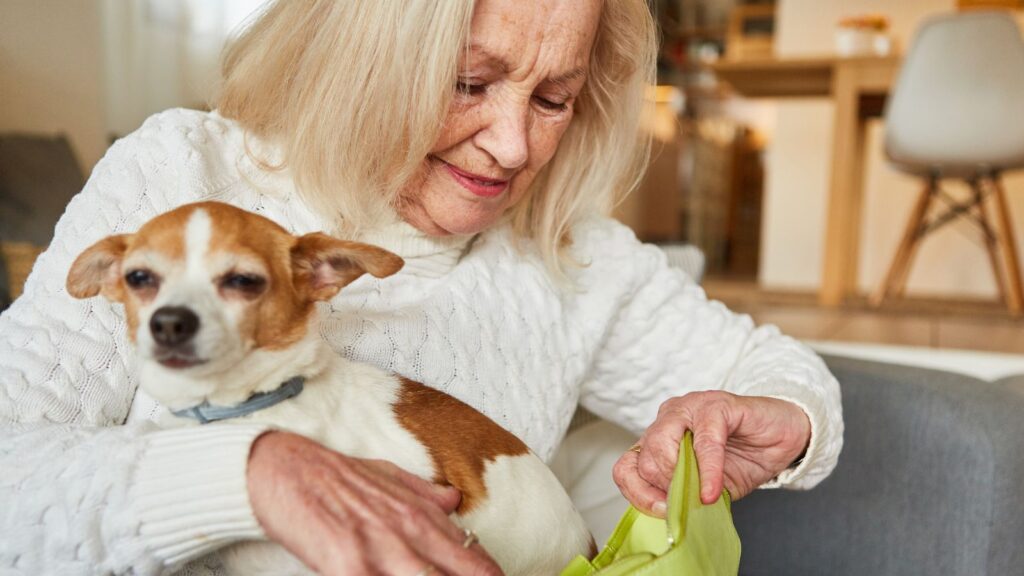We’ve all grown up reading fairy tales and watching them come alive on screen. While these classic stories have positive moral messages, some have proven problematic. Upon deeper reading, some fairytales are now considered racist, with calls for parents and teachers to stop reading them to children.
Peter Pan
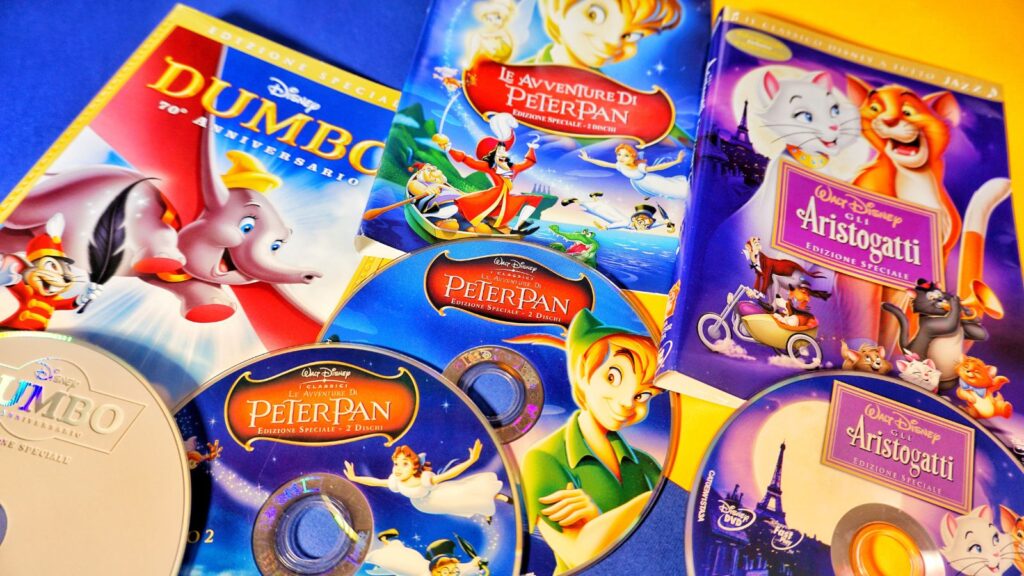
J.M. Barrie wrote Peter Pan in 1904, a time when colonialism and racist views were standard. Peter Pan portrays Native Americans in a negative light. The tribe in Neverland are referred to by the derogatory name “piccaninnies” and speak in broken English, portraying them as less civilized than white characters in the book.
Jungle Book
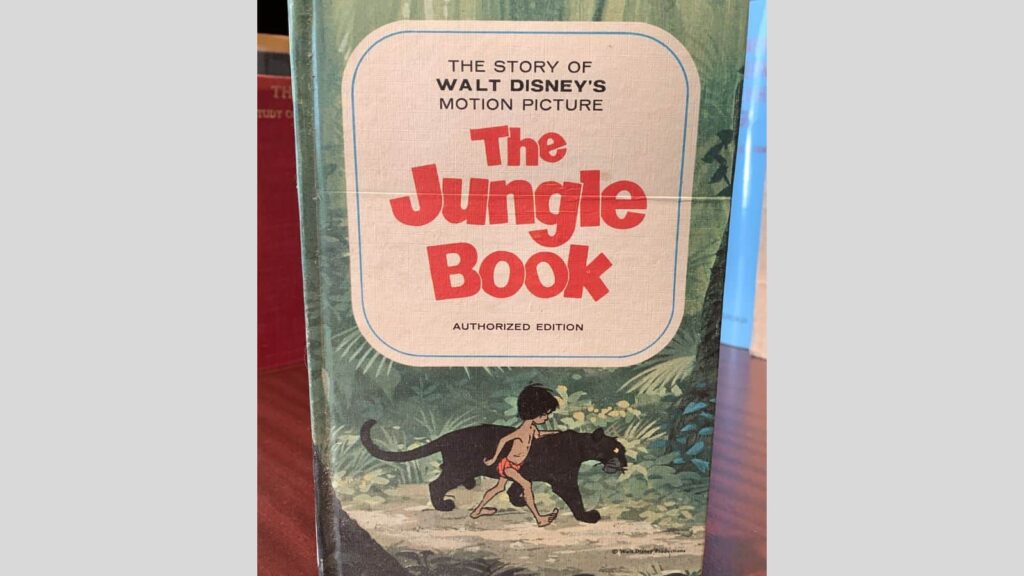
While not necessarily a fairytale, this Disney classic is accused of using racist stereotypes about African Americans through the character of King Louie. The character implies that black people are primitive compared to their colonists, which has led to Disney putting a disclaimer at the start of the movie to warn people it contains outdated depictions.
Cinderella
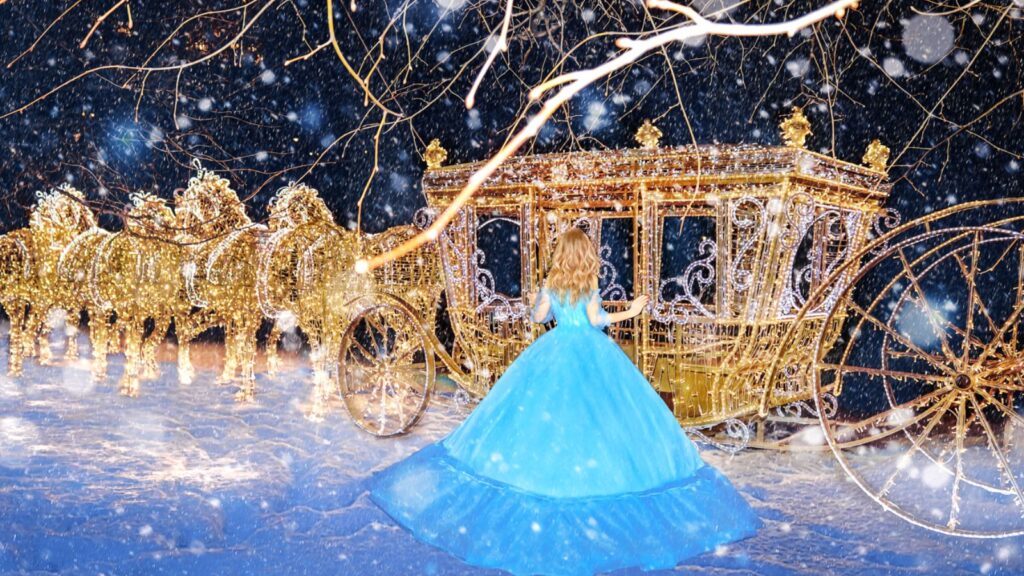
Cinderella has been criticized for its racial undertones featured throughout the story. Although many reproductions of this classic have been made, Cinderella is always white. In contrast, the wicked stepmother and stepsisters have darker hair and features.
Sleeping Beauty
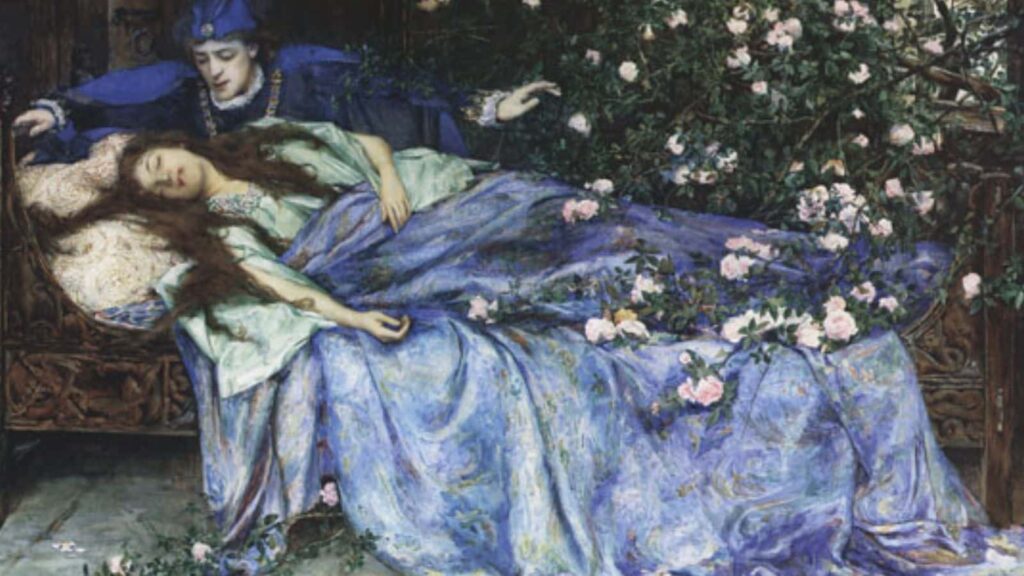
Sleeping Beauty is another fairy tale that relies on common attitudes towards attractiveness. Rapunzel is portrayed as a white, passive woman waiting for a handsome prince to save her, while the villain, Maleficent, is a dark-skinned fairy with horns. These differences reinforce racist stereotypes about physical features and good vs. evil.
Aladdin
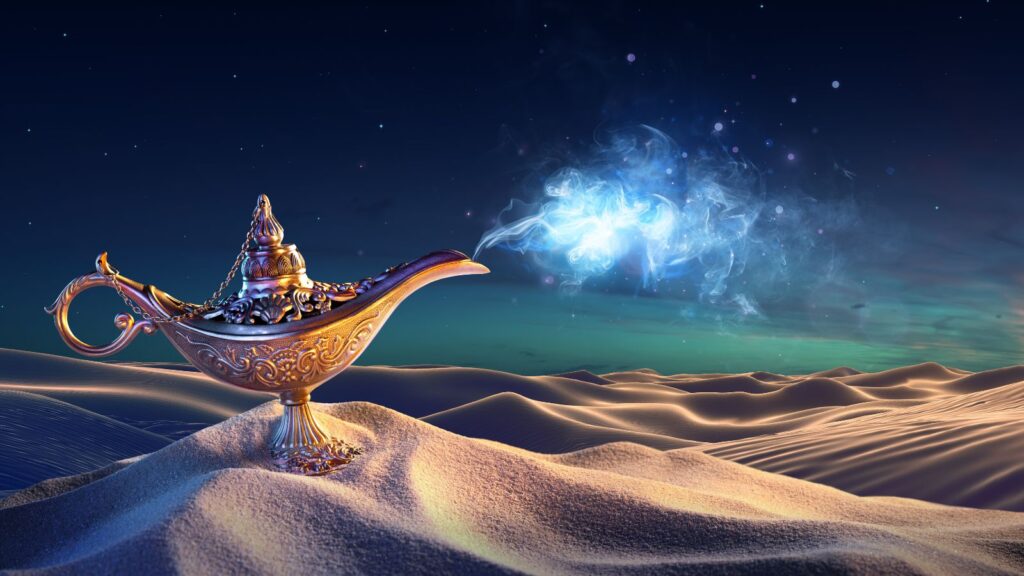
The 1990s Disney version of Aladdin has been criticized for containing racist tropes about ethnicity. The main issue is that the film depicts a fictional Middle Eastern land named Agrabah, relying on stereotypes of these regions rather than accurately portraying specific cultures. People also raise concerns about the negative stereotypes reinforced in the characters of Jafar and his henchmen, who speak in broken English.
Ali Baba and the Forty Thieves
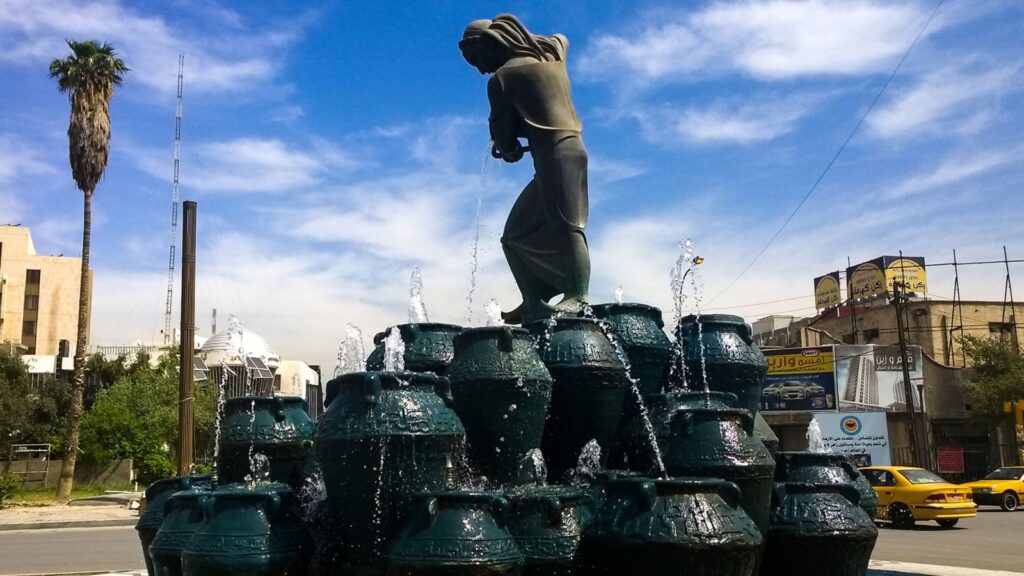
This story often depicts Arab characters with exaggerated features and stereotypical behaviors, which can be insensitive and promote negative generalizations about an entire culture.
Hansel and Gretel
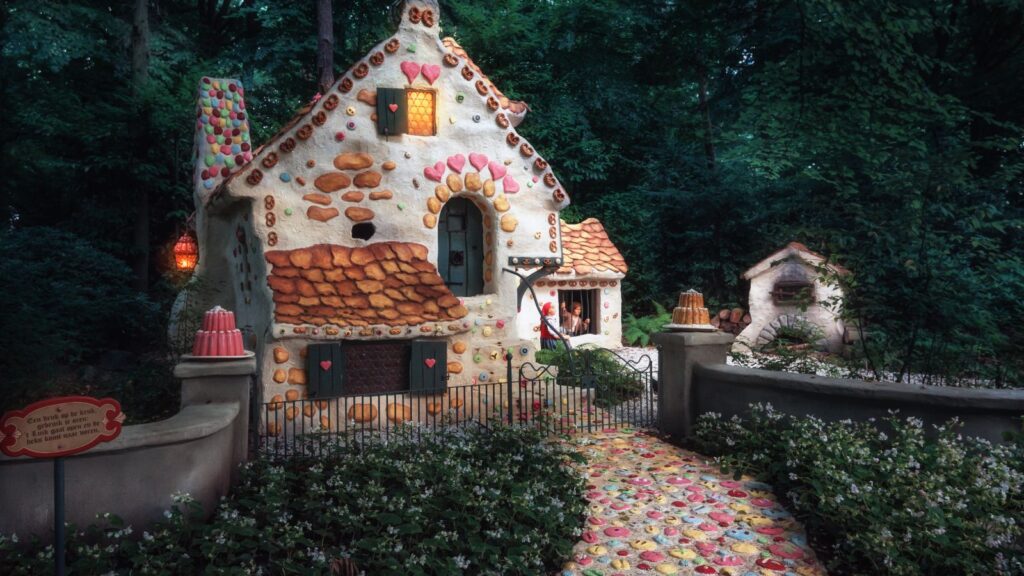
The witch in Hansel and Gretel is portrayed as a villain set on harming children. The dark and evil depiction of the witch is accused of having racial undertones, as it asserts that certain appearances are inherently evil, which is a dangerous generalization. An article in NPR also pointed out that often, older people are cast as bad, witch-like characters.
Babar the Elephant
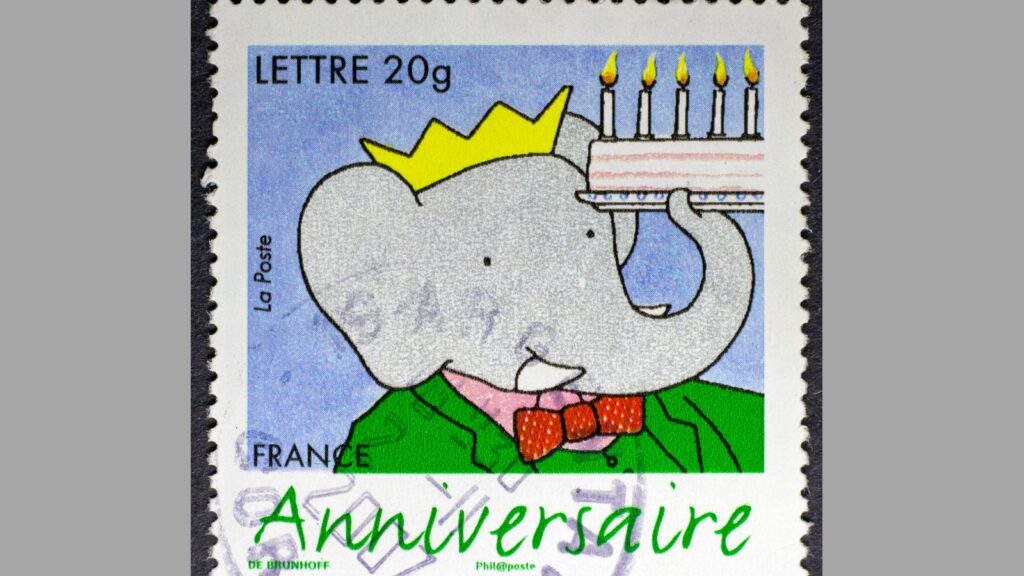
The 1931 original Babar story features a seemingly well-intentioned elephant who leaves the jungle and adopts Western attire and mannerisms. This can be interpreted as a portrayal of colonization, where a European figure brings “civilization” to a perceived “primitive” land.
Rumpelstiltskin
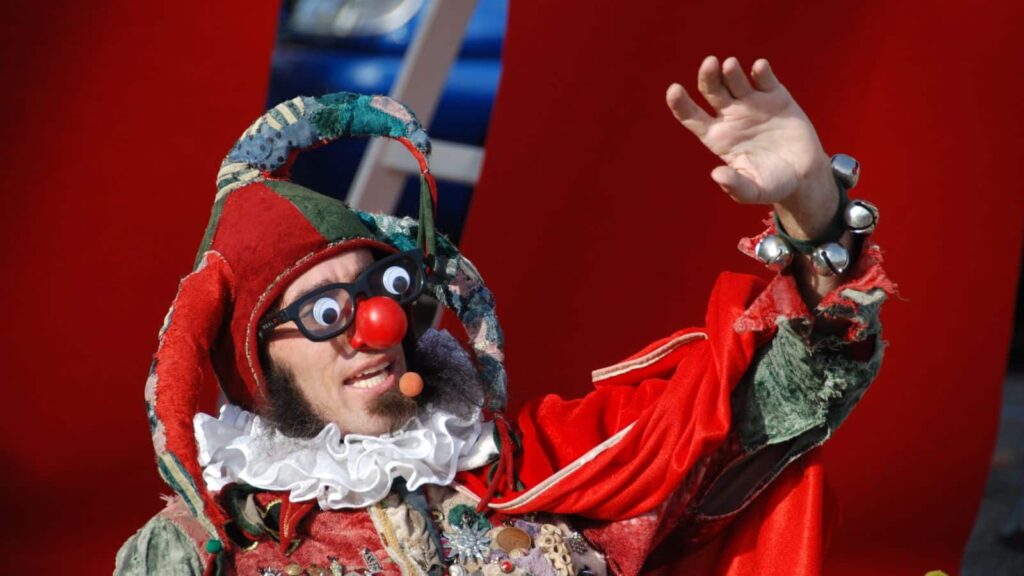
In older depictions of this fairytale, Rumpelstiltskin is often illustrated with exaggerated features that resemble some anti-Semitic caricatures. These features include a hooked nose, crooked legs, and greedy eyes.
Tintin in the Congo
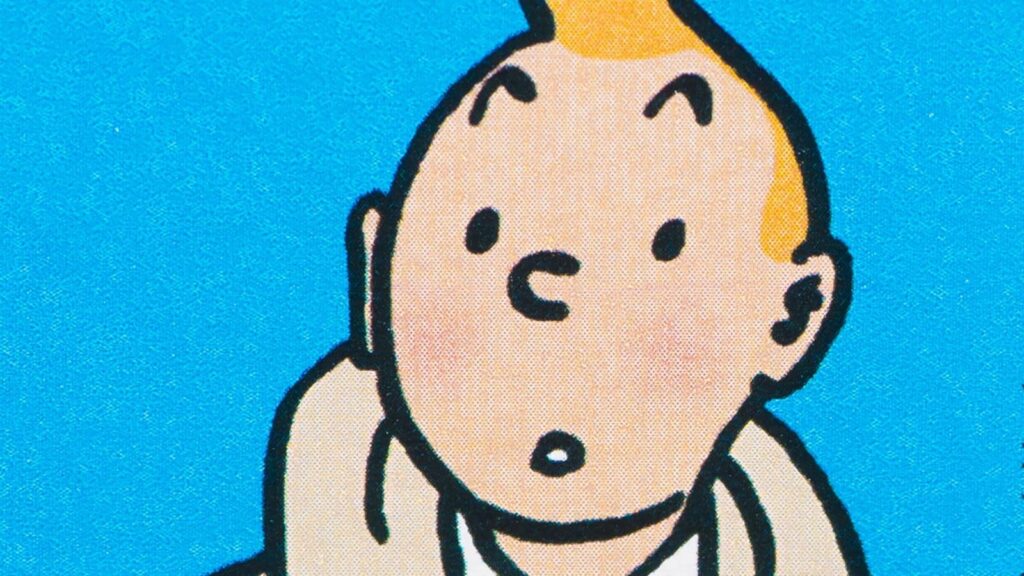
Tintin has been a beloved character for generations, but there’s growing criticism about racist portrayals in some of the earlier adventures, particularly “Tintin in the Congo” (1931). Negative stereotypes are reinforced when the Congolese characters are often depicted with exaggerated features and childish behavior.
The Seven Chinese Brothers
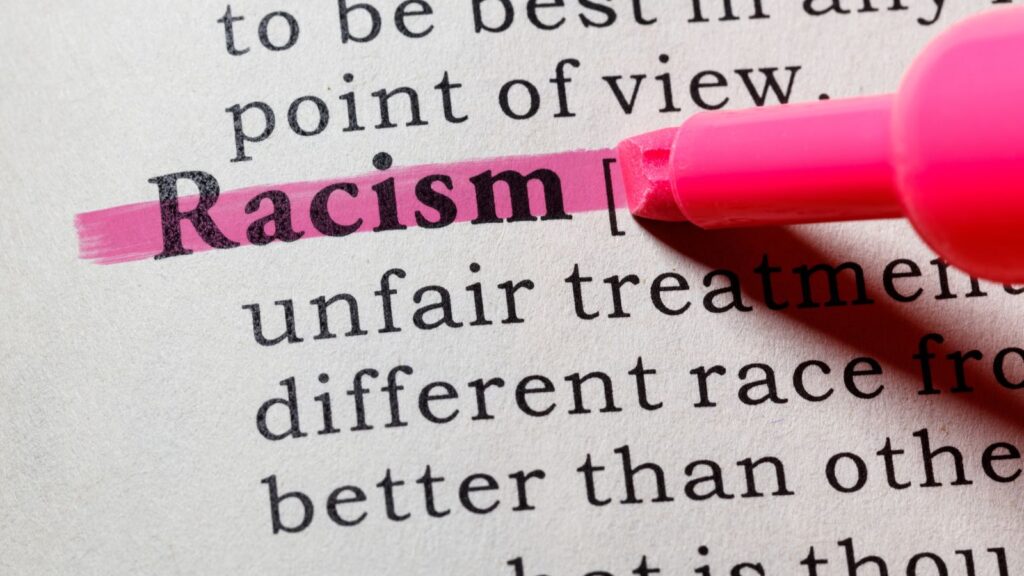
All the brothers in this fairytale are depicted as identical, reinforcing the misconception that Asian people are indistinguishable. This stereotype ignores the vast diversity of facial features and appearances within Asian ethnicities.
Snow White
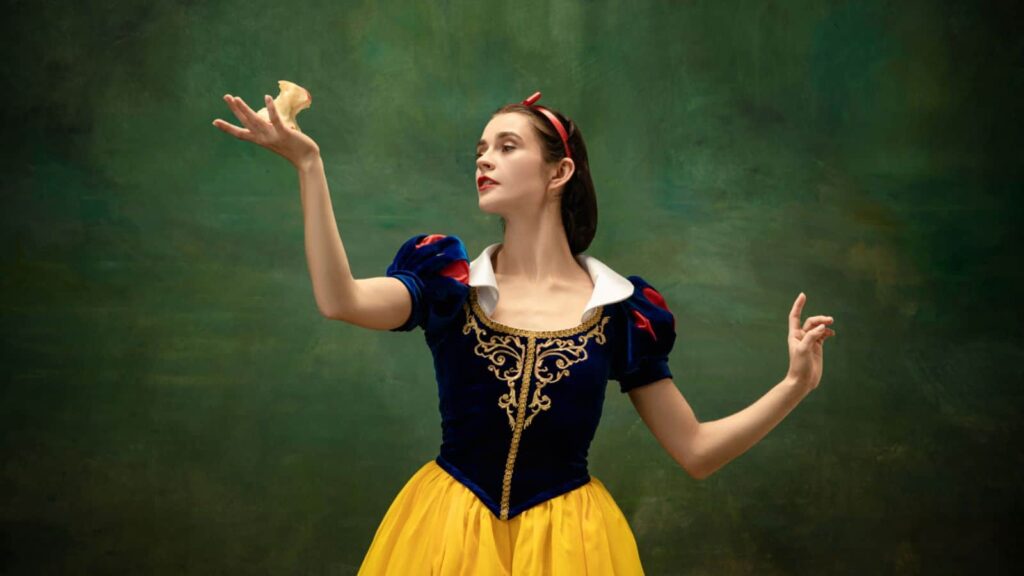
The title itself, “Snow White,” and the emphasis on her “flawless, porcelain-white” skin elevate a specific beauty standard with racist undertones, implying that other skin tones are less beautiful. There is evidence that people prefer whiter skin tones, and research in Science Direct looked at which faces are more attractive, with lighter skin tones fairing more positively than black faces.
The Little Mermaid
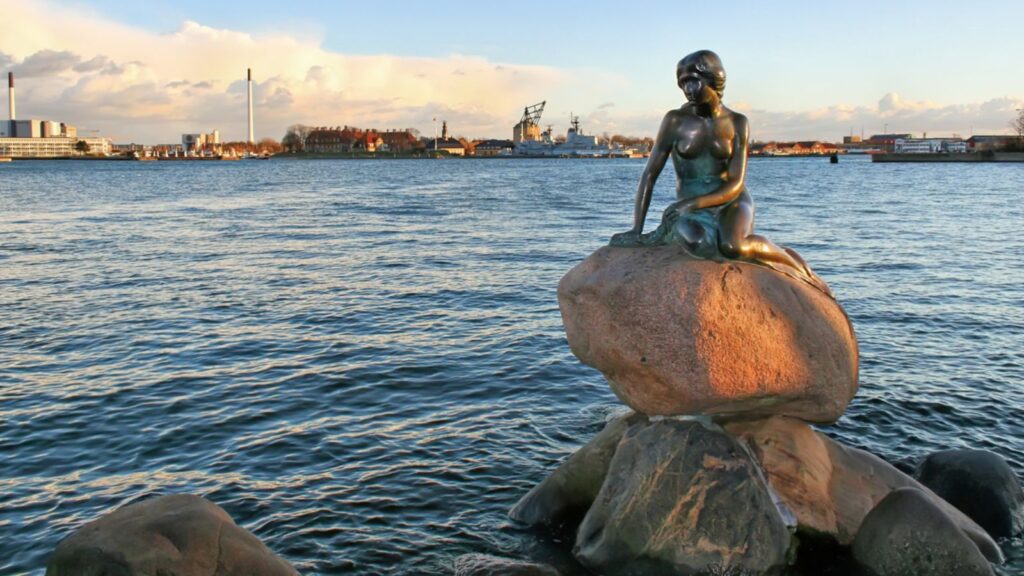
It is typical for the “baddies” in fairy tales and Disney films to be depicted as people of color. Some interpretations of Ursula, the sea witch’s exaggerated features and association with dark magic, can be seen as perpetuating negative stereotypes about people of color.
Little Red Riding Hood
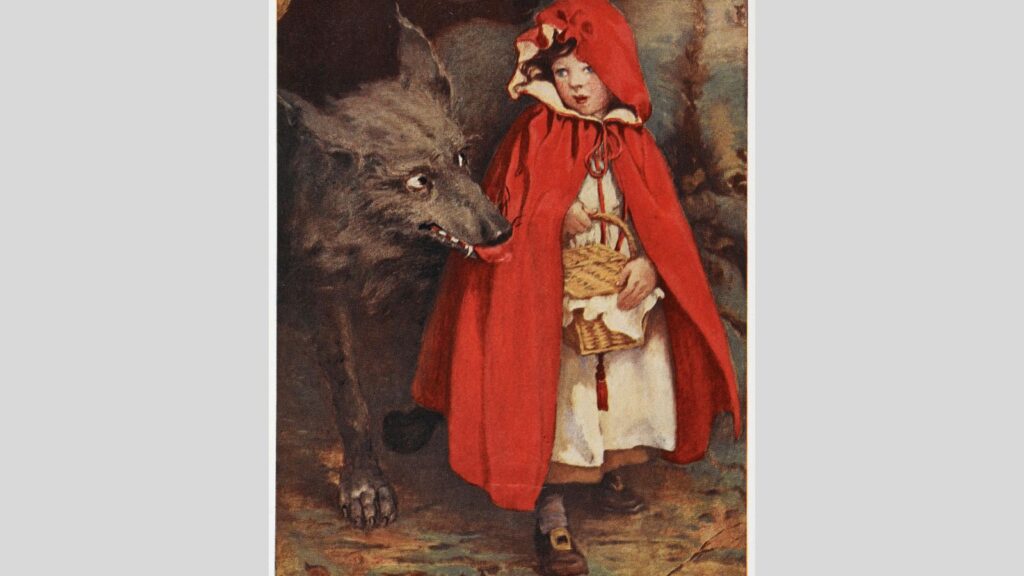
While this story aims to warn children about unknown individuals, it does so by relying on outdated racial stereotypes. Wolves, as featured in the fairytale, have often been used as a racial slur, and the association of their dark fur and aggressive behavior with villainy can perpetuate negative stereotypes about certain ethnicities.
The Three Little Pigs
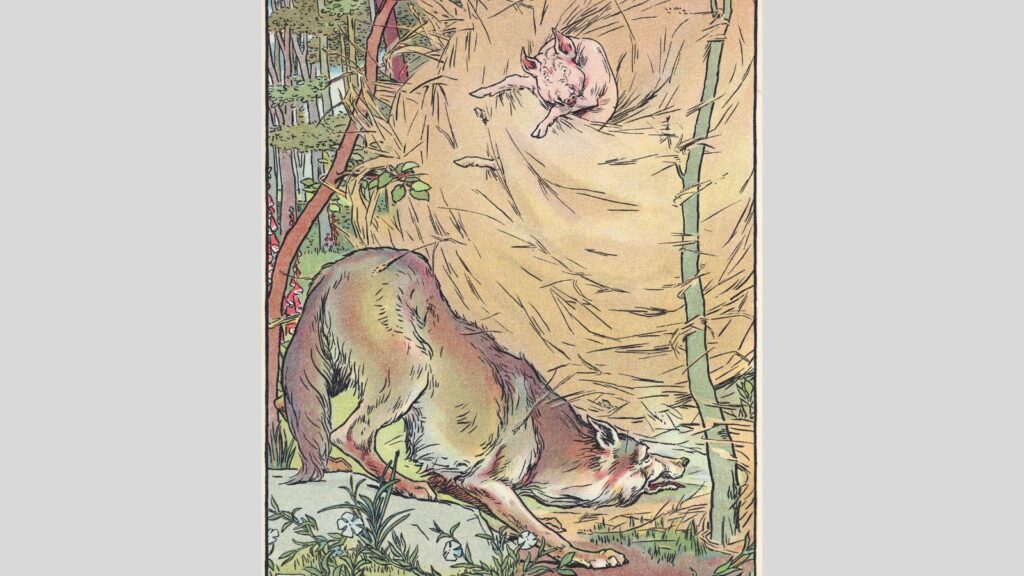
Some people believe that the classic story of The Three Little Pigs is not as innocent as it may seem. The portrayal of the straw house associated with the foolish pig could reinforce negative stereotypes about rural or poorer communities. On the other hand, the brick house made by the clever pig symbolizes wealth and superiority.
The Story of Little Black Sambo
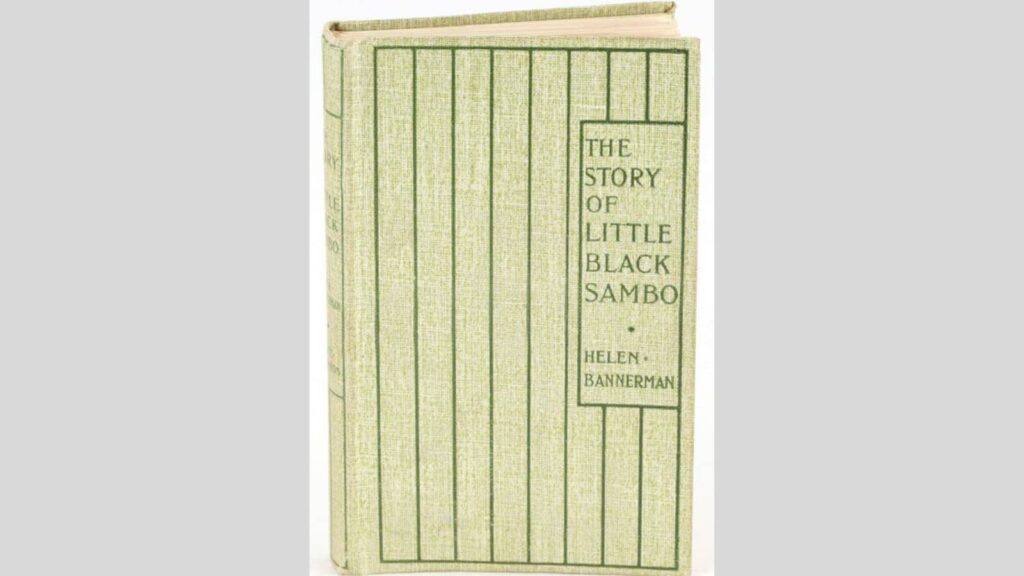
The title of this fairytale, “Sambo,” is a racial slur used historically to demean black people. In addition to the name of the story, the illustrations often depicted Sambo with exaggerated features and dark skin color, reinforcing negative racial stereotypes.
Puss in Boots
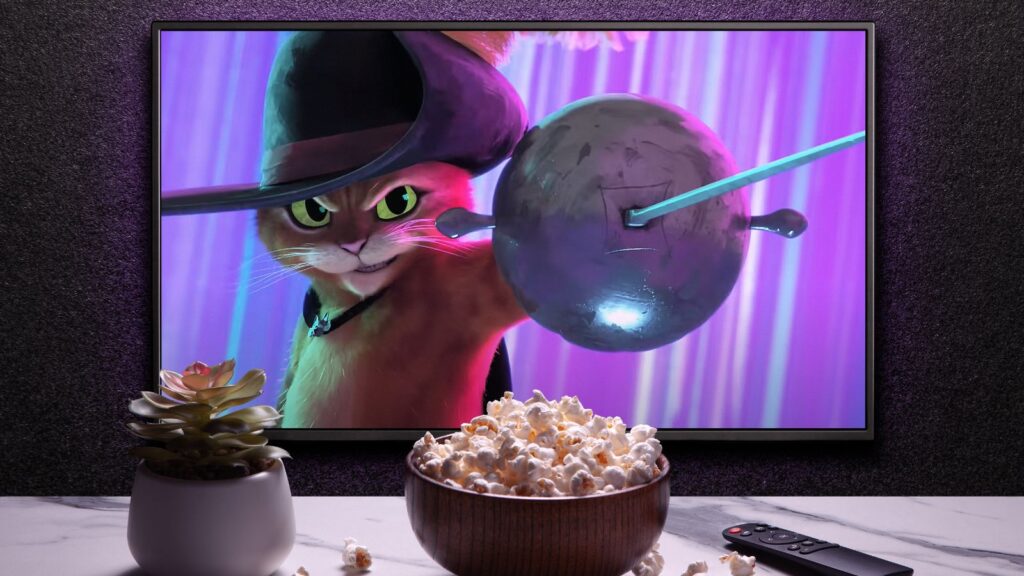
Some have interpreted Puss in Boots’s accent as relying on clichés associated with Hispanic or Latino characters. Even though Puss is a talking cat and not human, its portrayal is problematic to minority groups, who are unfairly depicted as cunning or closer to animals.
The Golliwog Stories
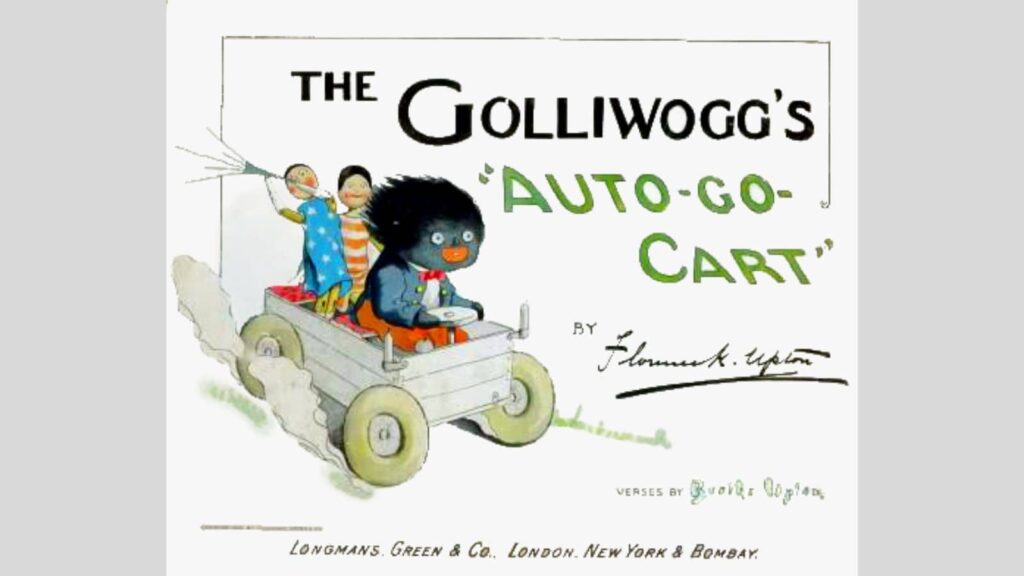
The late 19th century was a period marked by colonialism and racial prejudice, and the Golliwog character amplified these negative views people had in this era. The design blatantly drew on minstrel show caricatures of Black people as they have exaggerated features, including jet-black skin, enlarged red lips, and curly hair, which served to diminish Black humanity.
Rapunzel

While the original Rapunzel story doesn’t explicitly mention race, some modern adaptations assign ethnicities to the characters. This can lead to unconscious bias, in which assumptions are made about a character’s appearance based on their cultural background.
The Princess and the Pea
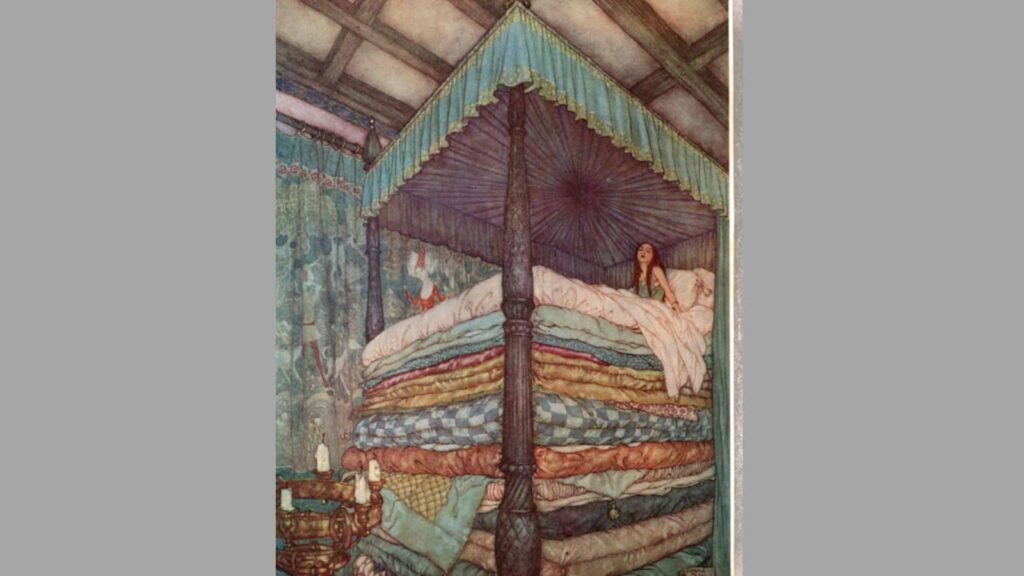
While not inherently racist, The Princess and the Pea has drawn criticism for potentially reinforcing class stereotypes. The focus on the princess’s extreme sensitivity and the pea as a test might be interpreted as insensitive to those of lower social standing, often from ethnic communities.
The Princess and the Frog
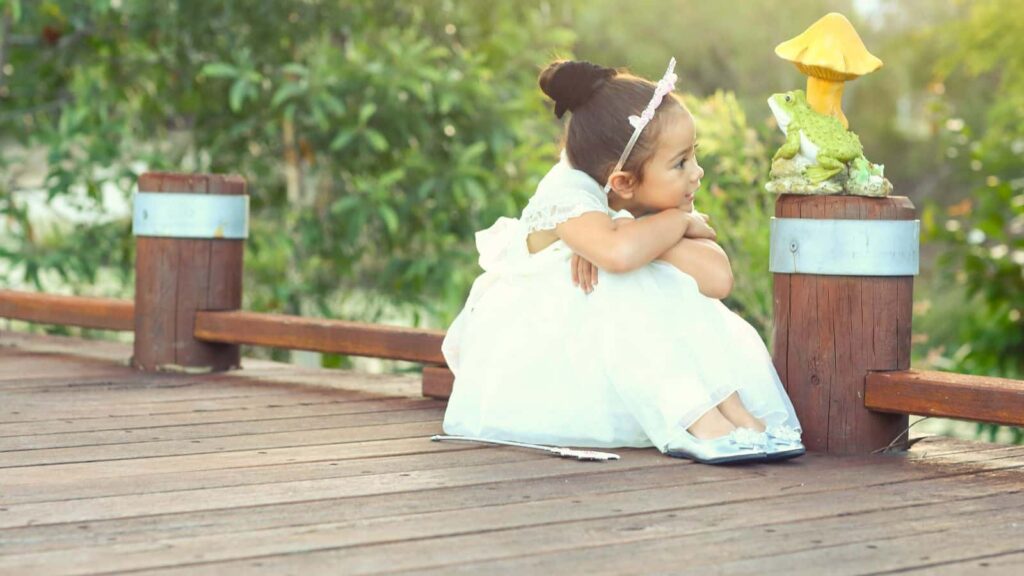
While “The Princess and the Frog” is praised for featuring a Black princess, some aspects of the film raise concerns. Tiana’s transformation into a frog can be interpreted as reinforcing negative stereotypes linking Blackness with undesirability. Also, the film’s romanticized portrayal of the Reconstruction era South overlooks the harsh realities of racial oppression faced by Black people during that time.
19 Grim Realities of Dating After 50 That Are Often Overlooked
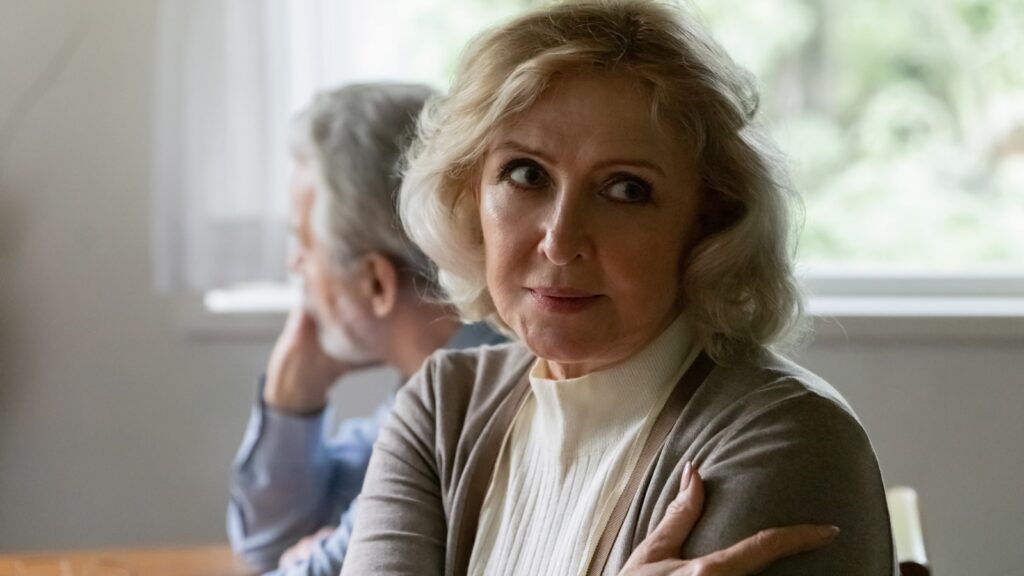
19 Grim Realities of Dating After 50 That Are Often Overlooked
26 Things That Will Be Extinct Because Millennials Refuse to Buy Them
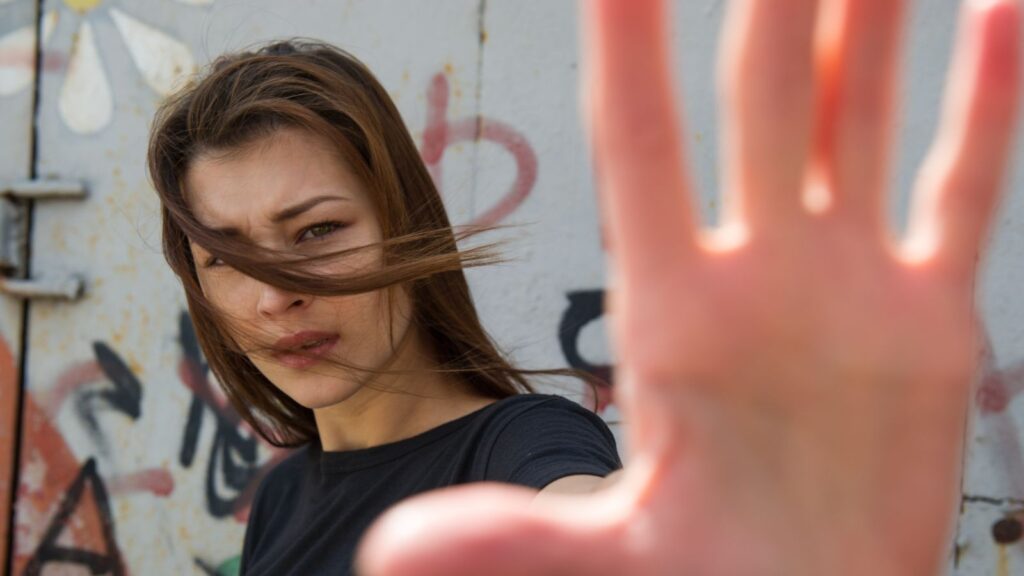
26 Things That Will Be Extinct Because Millennials Refuse to Buy Them
24 Outdated Slang Terms You Absolutely Shouldn’t Be Using Anymore
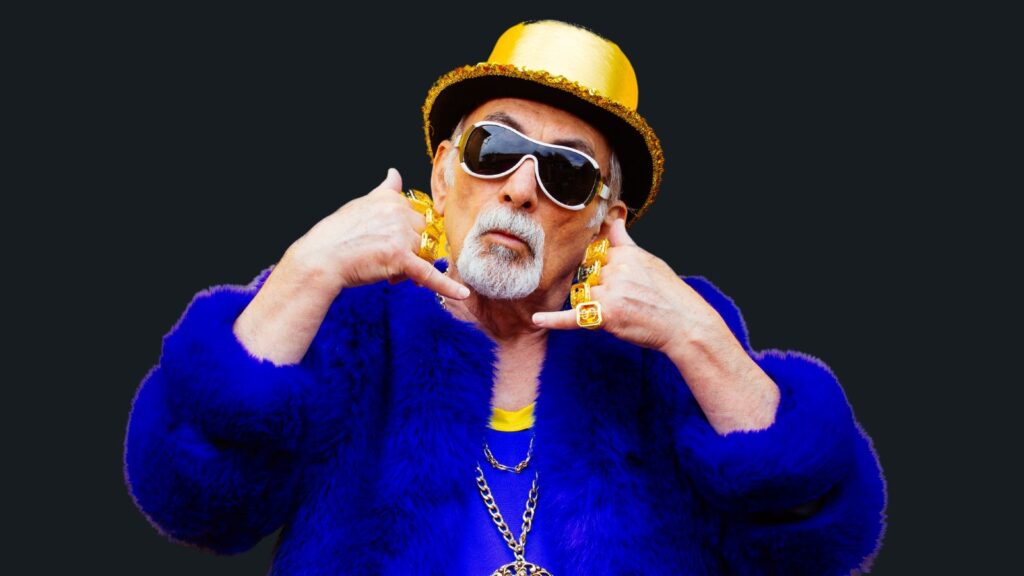
24 Outdated Slang Terms You Absolutely Shouldn’t Be Using Anymore
25 Hardest Parts About Getting Older That No One Ever Talks About
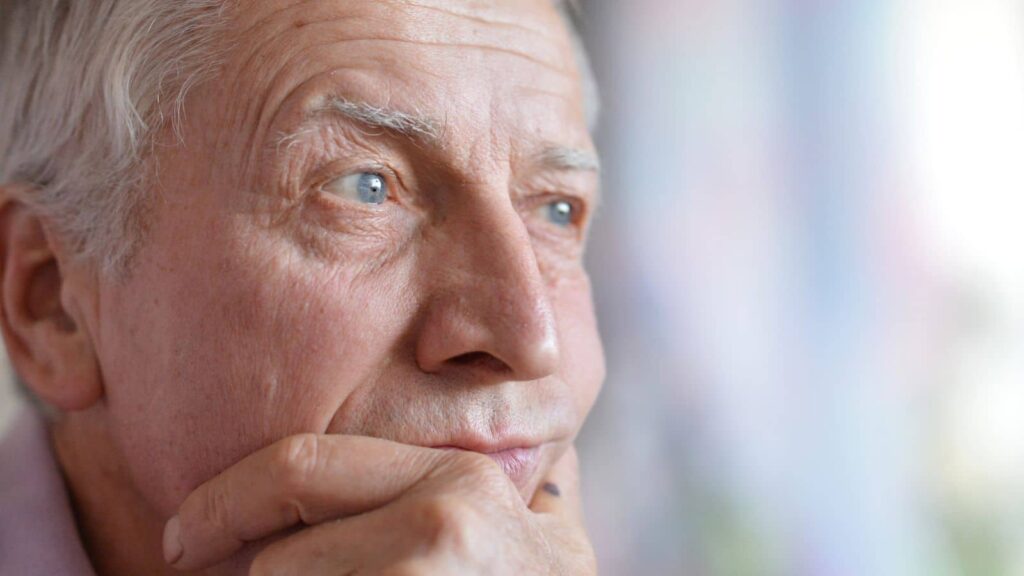
25 Hardest Parts About Getting Older That No One Ever Talks About

